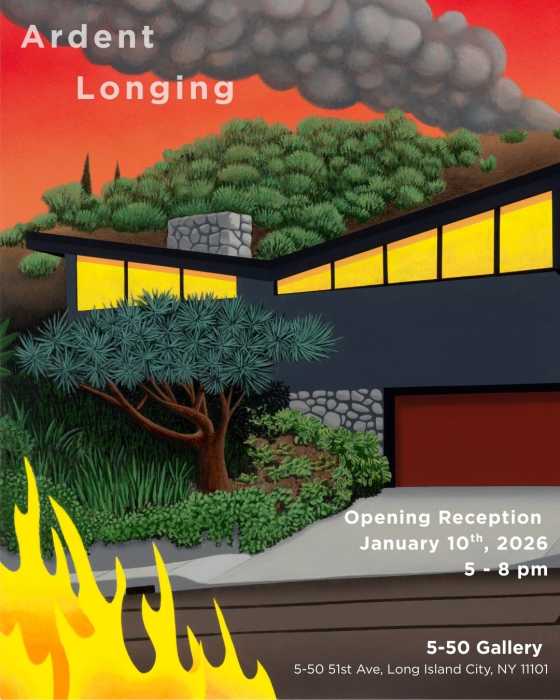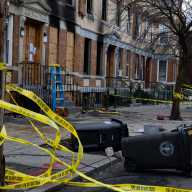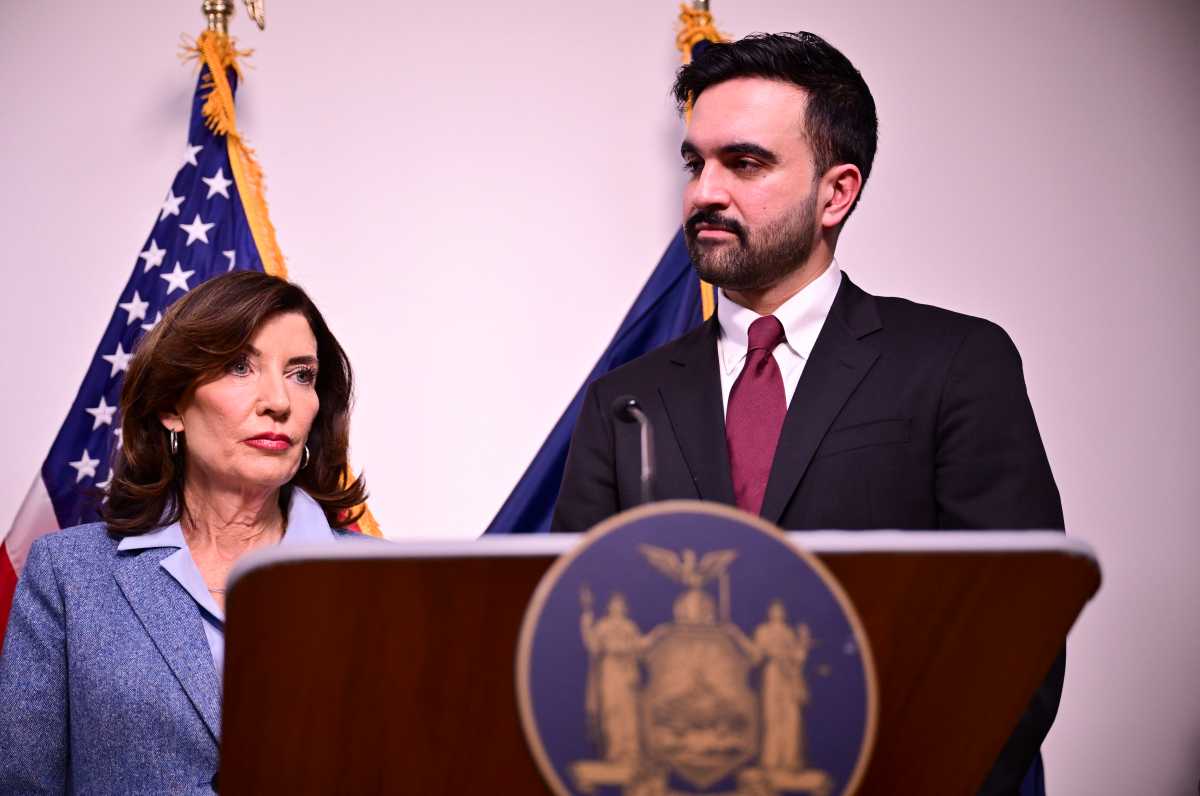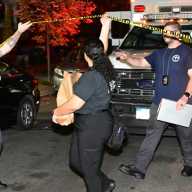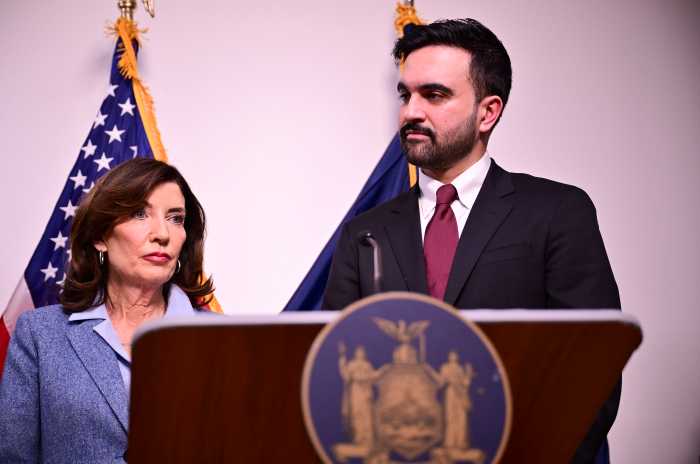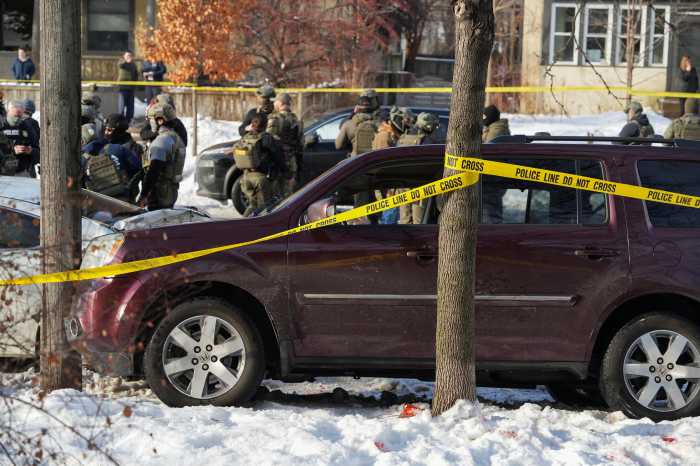Federal politicians hope that traffic along the Brooklyn-Queens Expressway (BQE) will be barely audible to Woodside residents once an environmental shield is in place.
In this year’s Transportation, Treasury, and Housing and Urban Development Appropriations bill, officials allocated $750,000 for the project. The final version of the bill was passed by the House in November and is now awaiting review by the Senate, after which it would face consideration by President George Bush.
If approved, the shield - a tiered concrete barrier - will be built along the south side of the BQE between 61st and 64th Streets, and the new funds would pay for the project’s completion.
“For too long, Queens residents living by the Brooklyn-Queens Expressway have been exposed to high levels of noise and pollution from the high volume of roadway traffic that has diminished the quality of life for so many,” said Congressmember Joseph Crowley in a statement.
Crowley helped to secure $1.4 million to date for the shield’s construction, and Assemblymember Margaret Markey helped to secure $250,000 for the plan.
Once completed, officials expect that the shield will also reduce headlight glare from traffic, debris and litter dropped by drivers off the side of the highway, snow pushed off from plows, and added sound and volume during nighttime maintenance.
Local residents had originally asked for sound barriers to be installed on both sides of the BQE - north and south - between 61st and 64th Streets, but the south side did not meet the required sound volume of 65 decibels to receive the funds. So officials agreed to install an “environmental shield” instead in 2005. The process of securing adequate funding has been going on ever since.
“This is something that the community has been fighting for for a very long time, and it’s something that is very much needed,” said Community Board 2 Chair Joseph Conley, adding, “Anyone that lives in the neighborhood will tell you it’s a very difficult thing that only compounds and effects the quality of life very negatively.”
Conley said that the original decision to install the sound barrier only along the north side seemed contradictory and frustrated residents. Conley praised Crowley’s creativity in devising a suitable solution.
“That’s what’s been so frustrating for people that live on the south side that the state was not recognizing the same problem of noise that was being emitted,” Conley said, adding, “It’s the same road.”



